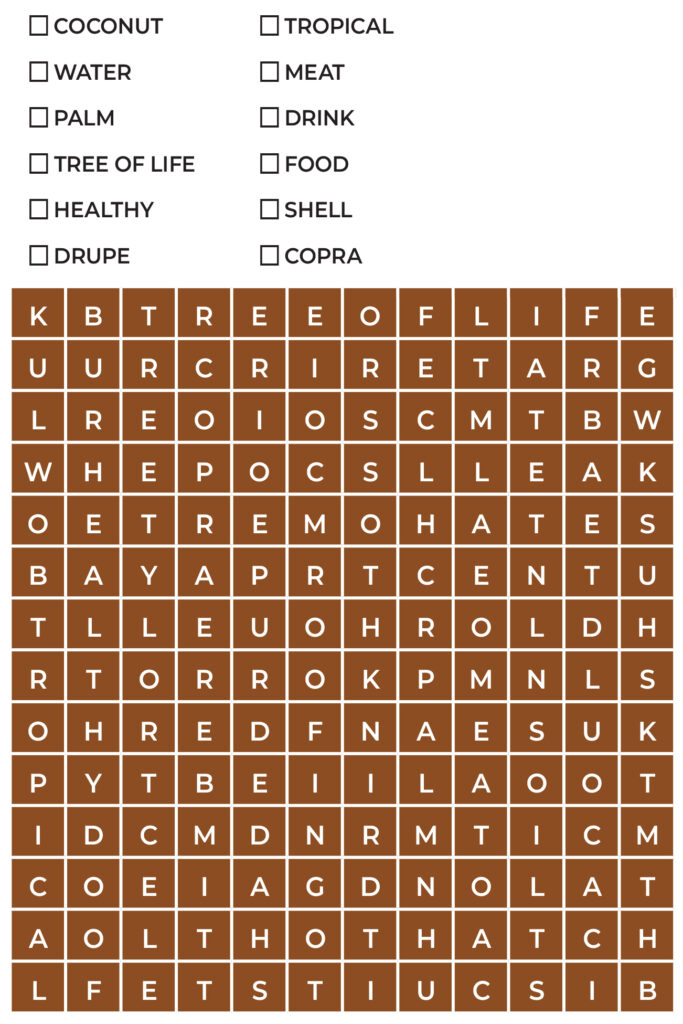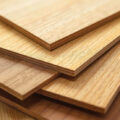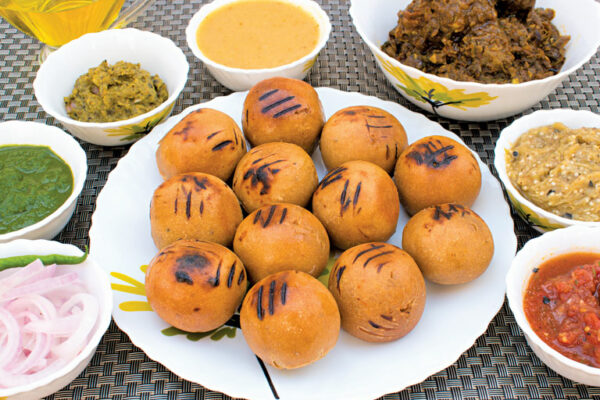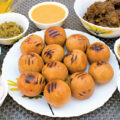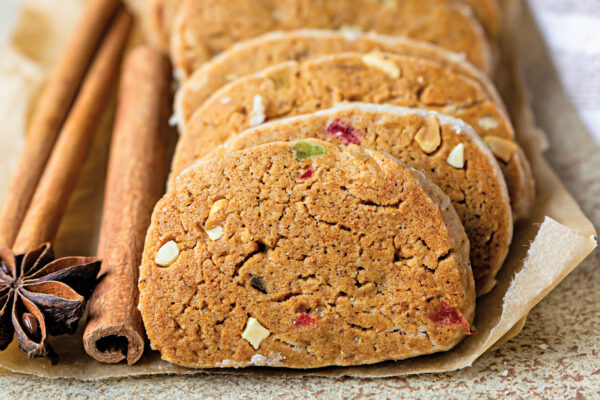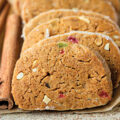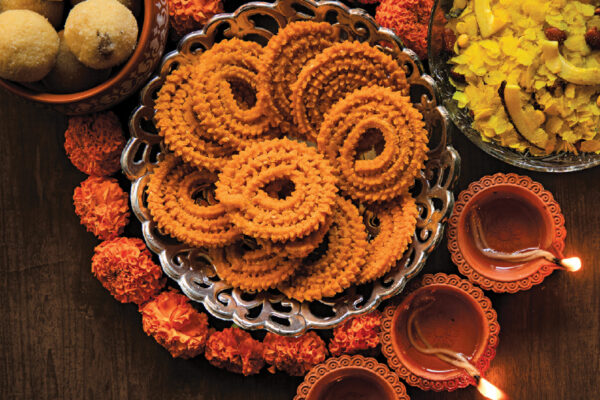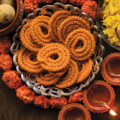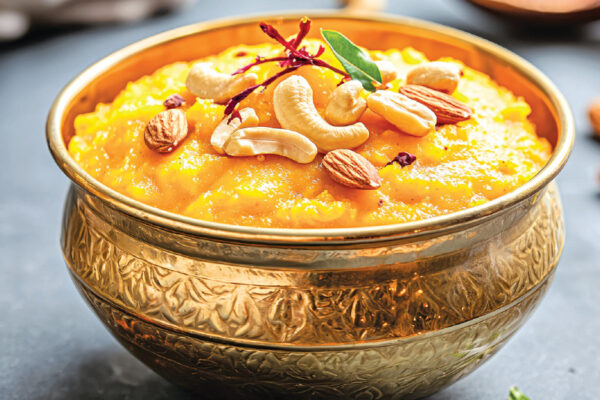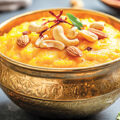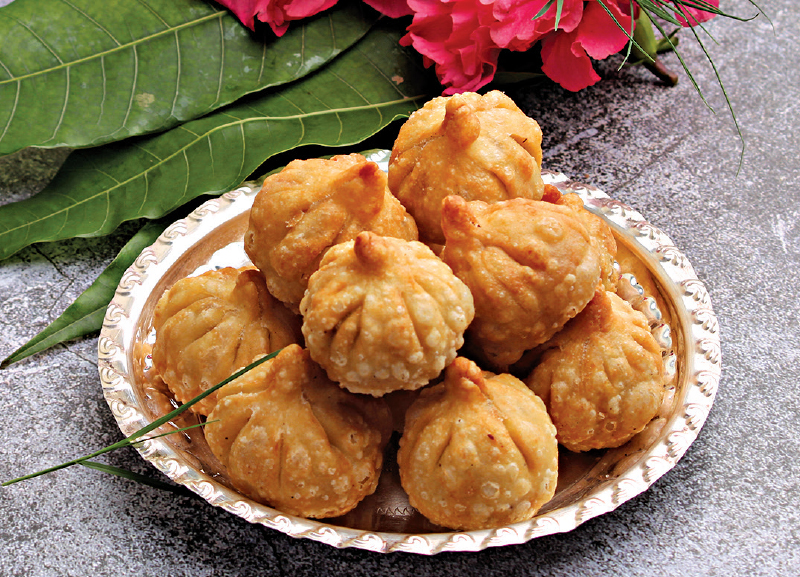
History:
Coconut has been cultivated in the Indian subcontinent for over 3,000 years. Its origins can be traced to the Indo-Pacific region. It is likely to have spread across oceans by both trade and tide—coconuts float in water, which makes travel over long distances possible. References to coconut, called ‘narikela’ in Sanskrit, appear in ancient Indian texts, including the Ramayan and the Mahabharat. The tree is considered sacred and often referred to as Kalpavriksha—the divine tree that fulfils all wishes.
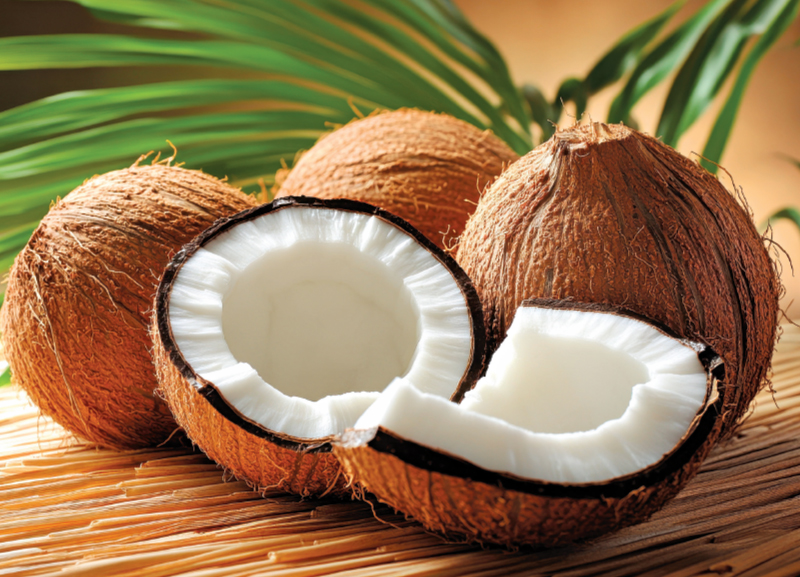
Coconut Cultivation in India
- India is among the top global producers of coconut, besides Indonesia and the Philippines.
- All the coastal states of India grow coconut.
- Coconuts thrive in tropical coastal climates and are typically grown year-round.
- Coconuts are grown on plantations, small farms and along homes in villages. They are often grown alongside crops like bananas, black pepper and nutmeg.
- Coconut farming supports the livelihoods of over 12 million people across India.
Culinary Uses
- Coconut Milk and Cream: Used in curries, stews and sweets, especially in coastal cuisines, in India and across the world.
- Grated Coconut: A common base for chutneys, spice pastes and desserts.
- Coconut Oil: Used both for cooking and in traditional Ayurvedic and naturopathy medicines.
- Tender Coconut Water: A natural electrolyte-rich drink, popular for hydration.
- Coconut Jaggery: Used in regional favourites like coconut barfi, modaks and pithas.
Regional Specialities
- Avial (Kerala): A mixed vegetable dish cooked in coconut and yoghurt.
- Patholi (Goa): Steamed rice dumplings filled with coconut and jaggery, wrapped in turmeric leaves.
- Cholar Dal With Coconut (West Bengal): A festive lentil dish tempered with whole spices and fried coconut bits.
- Narkel Naru (West Bengal): Sweet coconut laddus made with jaggery or sugar.
- Pakhala Bhata With Coconut Chutney (Odisha): A fermented rice dish paired with fresh chutney.
INTERESTING FACT
- In many Indian households, a coconut is broken before starting anything auspicious—symbolising the breaking of ego.
- Coconut is a zero-waste crop. The coir fibre (from the husk) is used in mats, brushes and ropes; the coconut shell is used to make handicrafts, fuel and activated carbon; the leaves are used for thatching, weaving and even for making eco-friendly plates; and the trunk is used as timber in construction and furniture.
RECIPE: FRIED MODAKS

INGREDIENTS
- ½ cup all-purpose flour (maida)
- ½ cup semolina (rawa)
- Salt to taste
- 1 cup freshly grated coconut
- ½ cup grated or powdered jaggery
- 2 tablespoons raisins and cashew pieces
- ½ teaspoon cardamom powder
- 1 pinch nutmeg powder
- Milk to knead the dough
- 2 tablespoons ghee
- Oil for frying
METHOD
- In a bowl, take the all-purpose flour, semolina and salt. Heat 1 tablespoon of ghee and add it to the mixture. Mix well. Knead the dough with milk.
- Cover the dough with a wet muslin cloth and let it rest for at least an hour.
- In a kadhai, add 1 tablespoon of ghee and when it is hot, add the grated coconut and sauté it.
- Now add the jaggery and cook the mixture on a low flame till everything comes together and the coconut is well cooked.
- Add the dry fruits, cardamom powder and nutmeg powder. Mix well and let the mixture cool down.
- Knead the rested dough well and make small balls out of it.
- Roll each ball into a small thin roti.
- Take a roti in one hand and fill it with a tablespoon of the stuffing. Bring the roti together in pleats to make the shape of a modak. Make sure to close the pleats well or the stuffing will fall out while frying.
- Prepare all the modaks.
- Heat oil in a kadhai and fry the modaks one after another on a low to medium flame.
- Serve hot.
Warning: Ask a parent or adult to help with this recipe.
Recipe credit: Mayura Sidharth. You can reach her on
Instagram and Facebook @thetinytiffins
ACTIVITY: Word Search
Find the given words associated with coconut trees.
